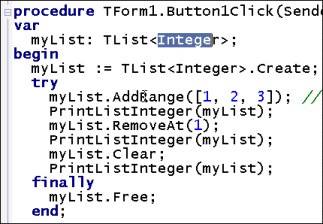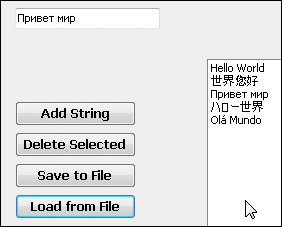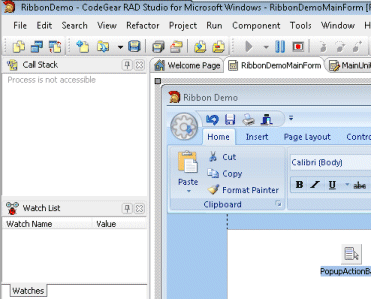That’s really the question John Markoff is asking in this New York Times piece about the way the NBC Olympics streaming video is putting Microsoft’s browser plug-in on the map. Someone has even popped up to state that this is another go at technology monopoly:
“They’re still playing the same games,” said Michael R. Nelson, professor of Internet studies at Georgetown University. “It’s a way to lock up the content, and it’s not enabling as much innovation as we would like to see.”
It seems to me that Microsoft cannot win here. If the NBC servers were stuttering then it would prove that Silverlight isn’t up to the job and can’t compete. If Microsoft were not doing Silverlight, it would confirm that the company doesn’t grok the Internet and is still stuck in the world of Windows and Office.
As it is, the NBC Olympics streaming video seems to be working pretty well, judging by reports like this from CNET:
The picture quality is quite spectacular. The mist is so real it could not possibly have been photoshopped in there by the Chinese authorities to provide some extra menacing ambience. This makes YouTube seem like student video.
From a PR perspective, accusations of being evil is probably the best Microsoft can hope for.
But is Silverlight evil? I spoke to Dean Hachamovitch, the IE general manager, at the Mix conference in the Spring. My impression was that Microsoft has back-pedaled on improving browser-hosted JavaScript because it would rather see developers target Silverlight. There is some substance to the idea that Microsoft is promoting its own technology at the expense of open standards.
Still, without Silverlight would we all be using the OGG Theora format and the HTML 5 Video tag? In reality, the alternative is Adobe Flash; and the competition is if anything energising Adobe, which is not a bad thing.
Even if Silverlight achieves its aims, and becomes a widely used cross-platform runtime for web applications, I doubt we will see anything similar to the Windows/Office dominance of the nineties. Microsoft’s investment in Silverlight is conceding the point: that the future belongs to cross-platform clients, zero deployment, and both data and applications in the cloud.
According to Markoff’s piece, Adobe’s Kevin Lynch questions Microsoft’s cross-platform commitment, mentioning:
Microsoft’s decision to reserve certain features like 3-D effects and downloading for the company’s Windows Vista operating system.
I think this is a reference to the full WPF (Windows Presentation Foundation), which only runs on Vista and XP. I’m not sure what the “downloading” bit means; but Lynch is right, in that the relationship between WPF and Silverlight must be a subject of intense debate within Microsoft. Cross-platform .NET is a huge step to take, and there must be internal voices questioning why on earth the company is helping its customers to deploy applications that are not tied to the Windows client.
Still, I think that bridge has now been crossed. Nobody wants to build Internet applications that only work on Windows; it isn’t an option. Therefore I doubt that Microsoft will hobble Silverlight in order to promote WPF; doing so would only help competitors. I may be proved wrong; it’s smart of Lynch to draw attention to Microsoft’s conflicted interests.
Silverlight is great work, and only a little bit evil.





